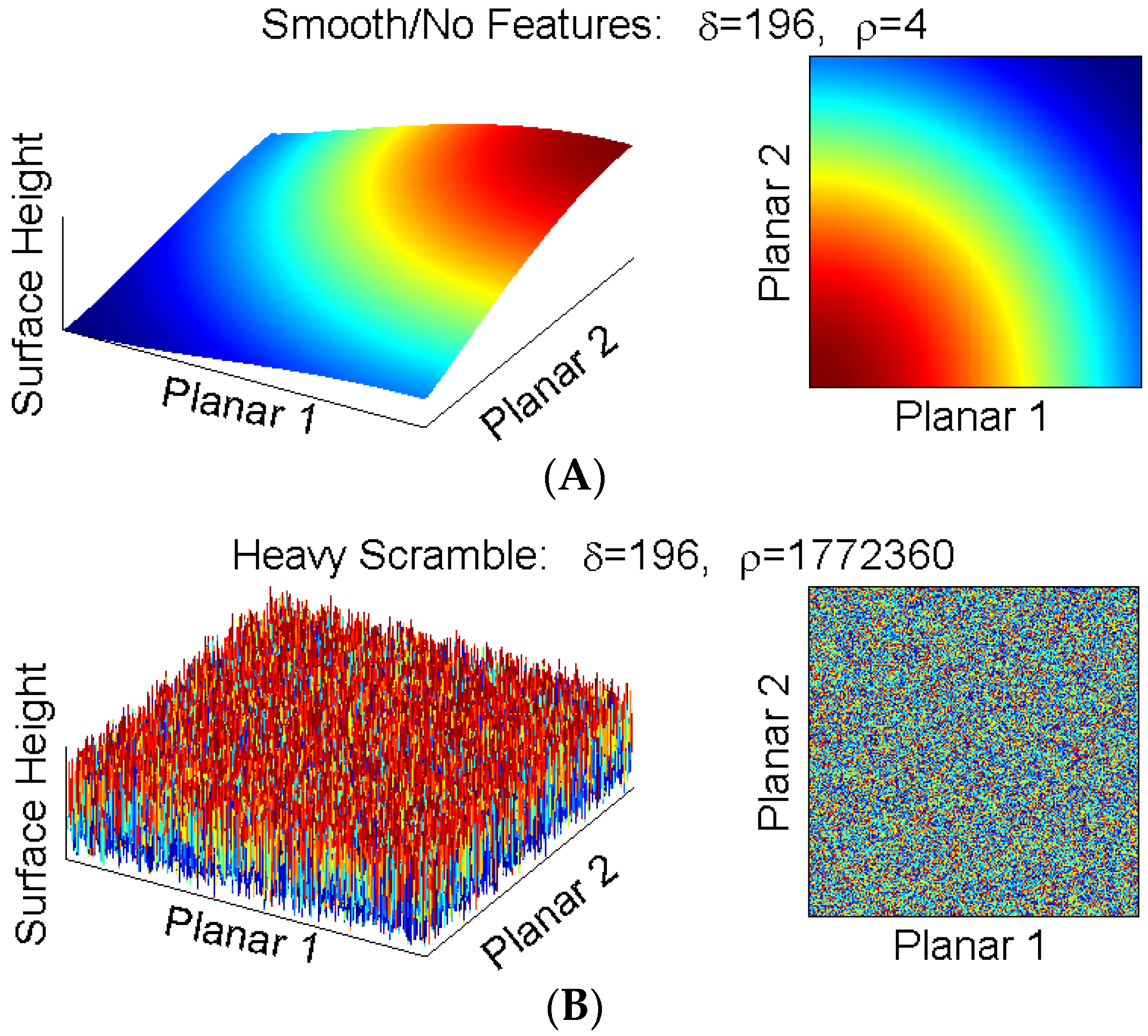Common Roadblocks for Biomaterials Metrologists
Conflicts of Interest
References
- Naylor, A.; Talwalkar, S.C.; Trail, I.A.; Joyce, T.J. Evaluating the Surface Topography of Pyrolytic Carbon Finger Prostheses through Measurement of Various Roughness Parameters. J. Funct. Biomater. 2016, 7, 9. [Google Scholar] [CrossRef] [PubMed]
- Vorbuger, T.V. Methods of Characterizing Surface Topography. In Tutorials in Optics; Moore, D.T., Ed.; Optical Society of America: Washington, DC, USA, 1992; pp. 138–142. Available online: http://www.nist.gov/calibrations/upload/osa-92.pdf (accessed on 16 May 2016). [Google Scholar]
- Li, C.J.; Devries, W.R.; Ludema, K.C. Classification of Journal Surfaces Using Surface Topography Parameters and Software Methods to Compensate for Stylus Geometry; Technical Report Accession Number 83NS4857; National Aeronautics and Space Administration (NASA): Washington, DC, USA, 1983; pp. 9–12. Available online: http://ntrs.nasa.gov/archive/nasa/casi.ntrs.nasa.gov/19830016586.pdf (accessed on 16 May 2016).
- Leach, R.; Brown, J.; Jiang, X.; Blunt, R.; Conroy, M. Guide to the Measurement of Smooth Surface Topography Using Coherence Scanning Interferometry; Measurement Good Practice Guide No. 108; National Physical Laboratory: Middlesex, UK, 2008; pp. 16–19. Available online: http://publications.npl.co.uk/npl_web/pdf/mgpg108.pdf (accessed on 16 May 2016).
- BS EN ISO 7206-2 Implants for Surgery—Partial and Total Hip Joint Prostheses. Part 2: Articulating Surfaces Made of Metallic, Ceramic and Plastics Materials; British Standards Institute: London, UK, 2011.
- Hogan, N. An Organizing Principle for a Class of Voluntary Movements. J. Neurosci. 1984, 4, 2745–2754. [Google Scholar] [PubMed]
- Flash, T.; Hogan, N. The Coordination of Arm Movements: An Experimentally Confirmed Mathematical Model. J. Neurosci. 1985, 5, 1688–1703. [Google Scholar] [PubMed]
- Wininger, M.; Kim, N.-H.; Craelius, W. Spatial Resolution of Spontaneous Accelerations in Reaching Tasks. J. Biomech. 2009, 42, 29–34. [Google Scholar] [CrossRef] [PubMed]
- Hogan, N.; Sternad, D. Sensitivity of Smoothness Measures to Movement Duration, Amplitude, and Arrests. J. Mot. Behav. 2009, 41, 529–534. [Google Scholar] [CrossRef] [PubMed]
- Wininger, M.; Kim, N.-H.; Craelius, W. Reformulation in the Phase Plane Enhances Smoothness Rater Accuracy in Stroke. J. Mot. Behav. 2012, 44, 149–159. [Google Scholar] [CrossRef] [PubMed]

© 2016 by the author. Licensee MDPI, Basel, Switzerland. This article is an open access article distributed under the terms and conditions of the Creative Commons Attribution (CC-BY) license ( http://creativecommons.org/licenses/by/4.0/).
Share and Cite
Wininger, M. Common Roadblocks for Biomaterials Metrologists. J. Funct. Biomater. 2016, 7, 12. https://doi.org/10.3390/jfb7020012
Wininger M. Common Roadblocks for Biomaterials Metrologists. Journal of Functional Biomaterials. 2016; 7(2):12. https://doi.org/10.3390/jfb7020012
Chicago/Turabian StyleWininger, Michael. 2016. "Common Roadblocks for Biomaterials Metrologists" Journal of Functional Biomaterials 7, no. 2: 12. https://doi.org/10.3390/jfb7020012




